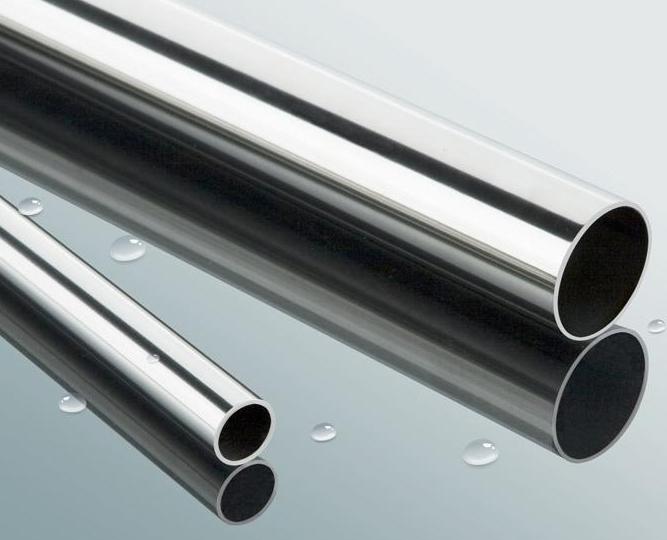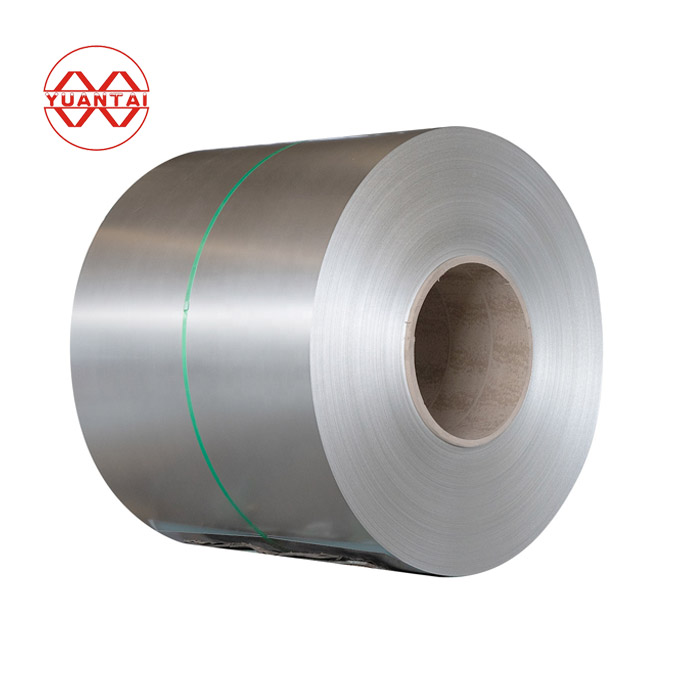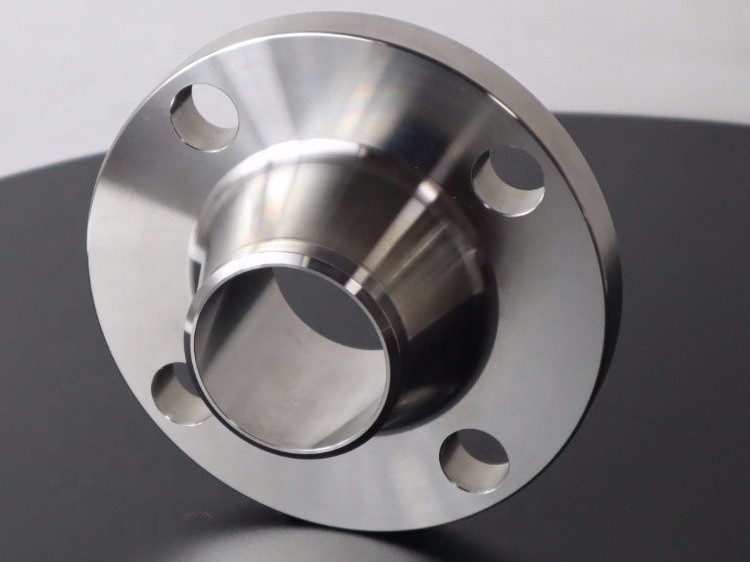Among the most trusted and widely used pipe solutions available for industrial and commercial applications are stainless steel pipes. From water lines to chemical lines and beyond, these tubes are a perfect choice due to their dependability and resilience. This is even more advantageous since stainless steel pipes also demonstrate a strong resistance to corrosion, making them an ideal selection for many projects.
Stainless steel pipes offer unparalleled strength and durability, able to handle high temperature and pressure without succumbing to cracking or breaking. They are also incredibly resistant to corrosion, being able to outlast other materials in the face of time and wear. This means that while they may cost more initially, they are sure to provide years of service and save on replacements down the road. Given these features, stainless steel pipes are an ideal choice for virtually any project.
The sturdy construction of stainless steel pipes is complimented by the ease with which they can be kept clean and hygienic. This makes them ideal for medical or food-processing applications, where maintenance and cleanliness are essential, as stainless steel’s smooth texture helps to prevent residues and dirt accumulating.
With their natural resistance to rust, stainless steel pipes are the perfect choice for outdoor installations where they may come in contact with moisture or other elements. Furthermore, their sleek appearance gives them a sophisticated edge, making them ideal for beautifying projects, like handrails and plumbing fixtures.
Despite its benefits, stainless steel pipes come with a few drawbacks. Of the most notable is its price tag, which is often far higher than other designs. This stems from the cost of the materials and the process behind making such pipes. Adding to that, they are notoriously tricky to work with due to their hardness and can be difficult to cut or shape.
Stainless steel pipes may not be as ductile as other pipework, thus limiting their potential use in a variety of scenarios. Furthermore, these pipes may not be able to stand up to intense temperatures, resulting in them being unsuitable for projects that require a heatproof material.
Despite its durability and strength, stainless steel pipes may not be the best option for certain applications due to their limited resistance to chemicals. Thus, their utilization may be limited in scenarios which involve chemical processing or treating of wastewater.
Despite their cost, stainless steel pipes remain a common choice for many endeavors due to their dependability and low-maintenance care. These reinforced pipes are capable of enduring knocks and wear, and impervious to rust and corrosion. However, while they don’t twist or bend as readily as other types of pipes, their sturdiness and simplicity make them a great fit for many projects. Additionally, they may not be as resilient to certain chemicals as other materials, yet still remain one of the top selections for integrated plumbing systems.
Stainless steel pipes may be popular, but they’re not right for every circumstance. From leading in plumbing to becoming a cornerstone of commercial applications, these durable alloy-based pipes have many benefits but drawbacks as well. So, before you settle on stainless steel piping for your next job, let’s take a look at the advantages and disadvantages that come with them.
The Mighty Benefits of Investing In Stainless Steel Pipes
The longevity that stainless steel pipes offer is well-noted, withstanding corrosion and rust far better than other materials. Further, they remain viable in a variety of environments, from intense weather to everyday wear and tear. It’s no wonder that these pipes are selected so often for extended-term projects, thanks to their upper tier durability and solidified performance. Architectures such as plumbing and industrial installations cherish their perfect flexibility.
Stainless steel pipes feature a unique versatility; they are available in multiple sizes and shapes, enabling them to adapt to numerous projects. Whether cut, bent, or welded into specific forms, these pipes can be reimagined easily and customized to nearly any desired result.
Stainless steel piping offers a cost-effective and time-saving solution for most projects due to its simple maintenance and cleaning requirements. These pipes require no specific attention and can quickly be freshened up with just some soap and water or an appropriate cleaning solution.
Stainless steel pipes provide an eco-friendly yet advanced option due to the fact that they are manufactured from repurposed materials. Additionally, they can be recycled for future use or be disposed of with minimal environmental impact.
Cons of Utilizing Durable Stainless Steel Pipes
Cost plays a crucial role in the overall price of stainless-steel pipe. High-grade steel can be costly, and this can spike the price even further. In addition to that, more labor may be needed to install the pipe, driving up the cost considerably.
For those concerned about weight, the heavy burden of stainless steel pipes may prove punishing. This added weight can make installation and handling a challenge, particularly in narrow, hard-to-reach places. Compared to other materials like copper or plastic pipes, these may be more strenuous to take on.
Despite being highly resistant to corrosion, stainless steel pipes are not infallible. If exposed to certain elements, such as salt water, their protective coating can be breached and their structural integrity compromised. This can shorten their lifespan and provoke costly repair or replacement operations.
If your application needs to expose stainless steel pipes to drastic levels of heat, such as for hot water pipes, you may need to reconsider their usage. After all, stainless steel piping is sensitive to temperature changes which means it could not be the most suitable material for this purpose.
Ultimately, stainless steel pipes offer many advantages for applications, yet there are also certain disadvantages that should be carefully weighed. The advantages include superior strength and longevity, plus they are highly resistant to corrosion. In addition, stainless steel pipes are relatively easy to maintain and can be recycled in the future. The disadvantages can include a large price tag and more time and effort required for installation. Moreover, certain tasks that require very high or low temperatures may not be suitable for this material. It is important to take into account all of these factors before selecting stainless steel pipes for any given project.
Post time: 2023-08-08
Related Product

Stainless Steel Capillary Pipe Tube
304 stainless steel capillary tube 316L precision seamless tube manufacturer of ultra small caliber thin-walled tube for medical instruments texture of material:304、316 Spec […]

stainless steel Straight Tee
Stainless steel tees are pipe fittings and pipe connectors. It is used at the branch pipe of main pipe. Stainless steel tees can be divided into equal diameter tees and reducing te […]

38BA clean pipe ss304 stainless steel pipe ferrule connection stainless steel pipe
Product name 3/8 “BA clean pipe ss304 stainless steel pipe ferrule connection biopharmaceutical fluid delivery Classification BA clean pipe/EP super clean pipe Product Desc […]

Stainless steel 90 ° elbow
In a piping system, an elbow is a fitting that changes the direction of a run. Product introduction The 90 ° stainless steel elbow is composed of fabric reinforced stainless steel […]

Stainless steel coil 316L 304 201 310S stainless steel cold rolled coil wiredrawing film
Thickness specification of stainless steel strip – table (full page length and width can be customized by zero cutting) 0.05mm 0.1mm 0.15mm 0.2mm 0.3mm 0.4mm 0.5mm 0.8 […]

Stainless steel grooved pipe Stainless steel special-shaped pipe
The stainless steel grooved pipe is a kind of stainless steel profiled pipe. The stainless steel profiled pipe is the general name of the steel pipes of other cross section […]

Stainless steel flange
Stainless steel flange Stainless steel flange is mainly used for pipe connection in pipeline engineering. INTRODUCTION Stainless steel flange is mainly used for pipe connect […]

Stainless steel square tube
Stainless steel 201 304 square tube, durable, stainless steel square tube for building decoration Stainless steel square tube is a kind of hollow long steel, because the sec […]

Billet 420 round steel 3.0-300mm 420 stainless steel bar good straightness quenching and tempering treatment
Billet 420 round steel 3.0-300mm 420 stainless steel rod straightness is good Quenching and tempering treatment 2Cr13 stainless steel has high hardness and good corrosion resistanc […]
